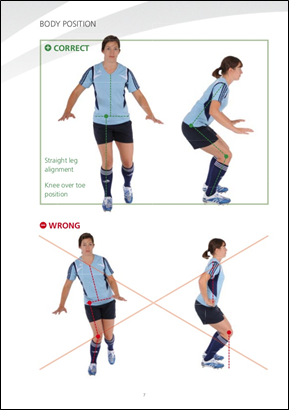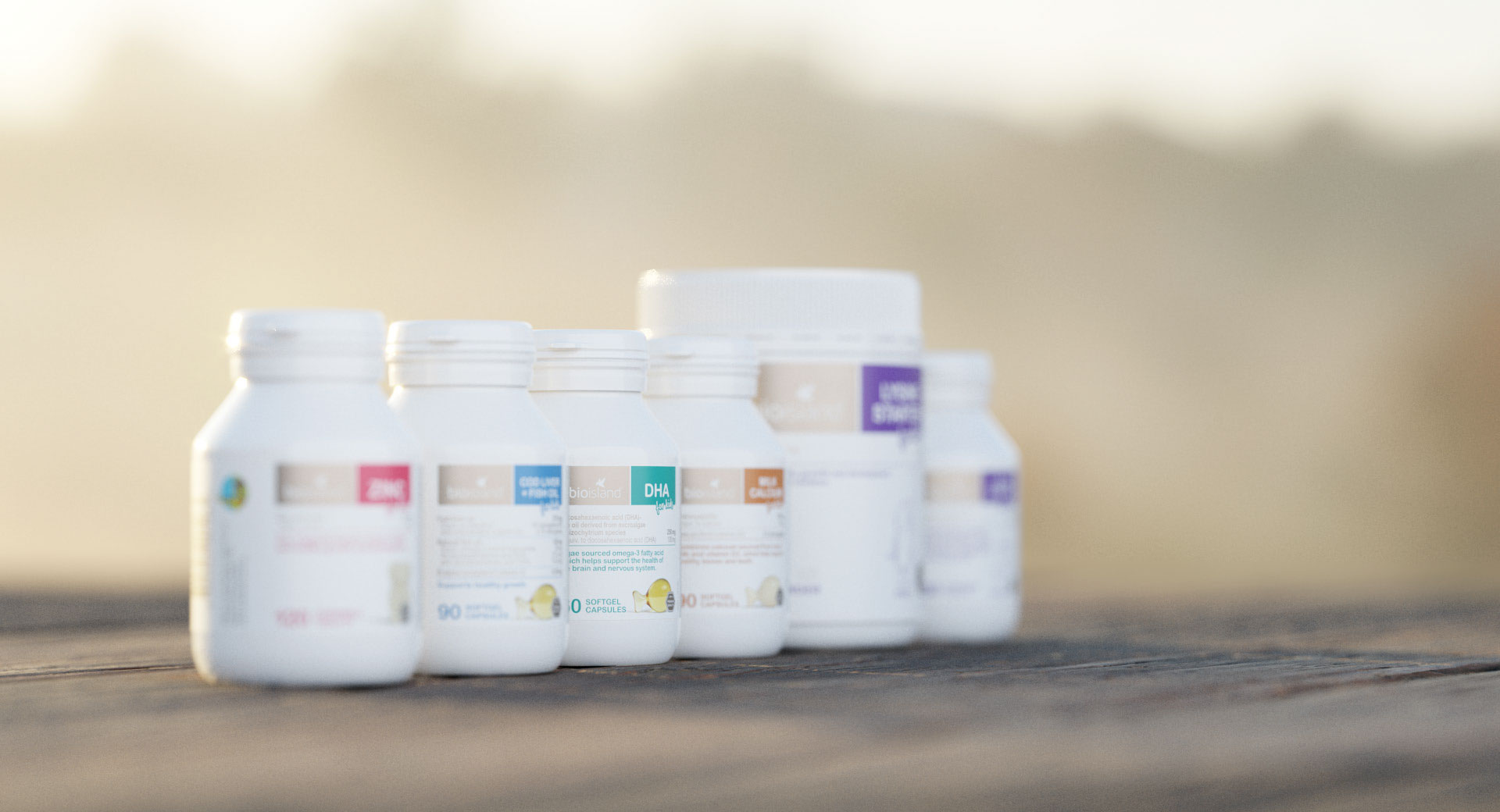
Kicking Goals: Breakthrough ACL Injury Treatments for Young People
Clinicians at the Children’s Hospital Institute of Sports Medicine (CHISM) at The Children’s Hospital at Westmead (CHW) are playing an active role in ACL injury prevention and recovery without surgery.
By Dr Damien McKay, Staff Specialist - Sport and Exercise Medicine - Children’s Hospital Institute of Sports Medicine
Injury to the anterior cruciate ligament (ACL) is one of the most common sports-related injuries of the knee. The incidence of this injury in children and adolescents was previously considered to be relatively infrequent. However, the increasing participation of children in sports-related activities and an increased awareness of the injury, has meant that injuries of the ACL in young athletes are becoming increasingly common.
In the article below, Dr Damien McKay outlines the causes, consequences and potential treatments that are available to young patients, and the role that research & collaboration has played in some positive solutions for the future of ACL injuries.
ACL injury and related issues
The anterior cruciate ligament (ACL) is a ligament essential in maintaining stability of the knee, particularly in sports where children must change direction frequently such as football and netball. This is a devastating injury for young athletes and their families. The injury can result in long periods of time away from sport with subsequent loss of engagement with peers, opportunities for sporting and social development. Many young athletes never return to pre-injury sports participation which can have significant physical and psychological impacts during adolescence. The risks of secondary damage due to ongoing instability include meniscal tears and early degenerative joint damage.
Figure 1 ACL Ligament Rupture

Treatment of ACL Injuries
Clinicians at the Children’s Hospital Institute of Sports Medicine (CHISM) are playing an active role in dealing with ACL injury through both prevention strategies and offering novel therapeutic options.
For over 10 years, CHISM has maintained a strong focus on ACL injury prevention through the use of neuromuscular rehabilitation programs. This has been done with both individual patients and by supporting implementation of school and sport based neuromuscular agility warm-up programs which teach young athletes, good landing and change of direction techniques. They also aim to improve capacity to properly co-ordinate dynamic stabilisation of the knee through muscle activity.
Figure 2 Landing Technique from FIFA 11+ Program

More recently, CHISM has been involved in exciting new research which provides an additional management option for young athletes and their families. The management of ACL injuries in children with open growth plates presents unique challenges and surgical options have significant limitations in young athletes. Reconstruction of the injured ACL, which is typically offered to adults with this injury, are best postponed until the young athlete is nearing, or has reached, skeletal maturity to avoid damaging the growth plate. Growth plate sparing procedures do not necessarily result in full return to function for all children and many require an operation for reconstruction, once skeletally mature.
Non-operative options aim to use physiotherapy to try and strengthen and protect the knee in the absence of the ACL and are used in conjunction together with advice around activity modification. This option also has significant limitations. Although children and adolescents may no longer register for organised sports activities, they are still going to be “kids”. Recurrent instability, pain, and an inability to return to the preinjury level of function often result from returning to activities with an ACL deficient knee.
Research & collaboration into ACL injury recovery without surgery
In 2020, clinical staff at CHISM began working in collaboration with researchers Dr Tom Cross, a Sports and Exercise Physician from The Stadium Clinic in Sydney, and Dr Stephanie Filbay, Physiotherapist from the University of Melbourne, who developed a novel bracing protocol that may provide a non-surgical option for enabling natural healing of ACL injuries.
Figure 3: Cross Bracing Protocol Picture

The “Cross bracing protocol” involves bracing the knee at an angle which allows for healing of the injured cruciate ligament. Preliminary results of 16 patients ranging from 14 to 43, with complete ACL tears who were put in a brace locked at 90 degrees and guided through the four stage, 12-week protocol did show encouraging benefits. At the six month follow up, 14 of 16 patients displayed evidence of partial or complete ACL healing on MRI. These results are extremely encouraging as in the past the ACL was thought to have no intrinsic capacity for healing.
Promising Outcomes for the Future
In 2021, the first CHISM patients had their ACL injuries managed using this novel bracing protocol which provides hope to families who would prefer a non-operative management option, but still want to ensure that their children remain active and engaged in sport.
Early results and feedback from patients and their families have been promising and the team at CHISM will continue to collaborate to enable further research with the aim of providing a viable alternative to heal the ACL without invasive surgery.
Article written by
Dr Damien McKay
Staff Specialist - Sport and Exercise Medicine
Children’s Hospital Institute of Sports Medicine (CHISM) at The Children’s Hospital at Westmead (CHW)
June 2021
Thank you Bio Island
Delivering these innovations in clinical care wouldn’t have been made possible without the support of Bio Island. Bio Island, through partnership with Sydney Children’s Hospitals Foundation, has supported the CHISM team within The Children’s Hospital at Westmead in undertaking vital research that could benefit young with in sport related injuries. You can learn more about Sydney Children’s Hospitals Foundation here.
